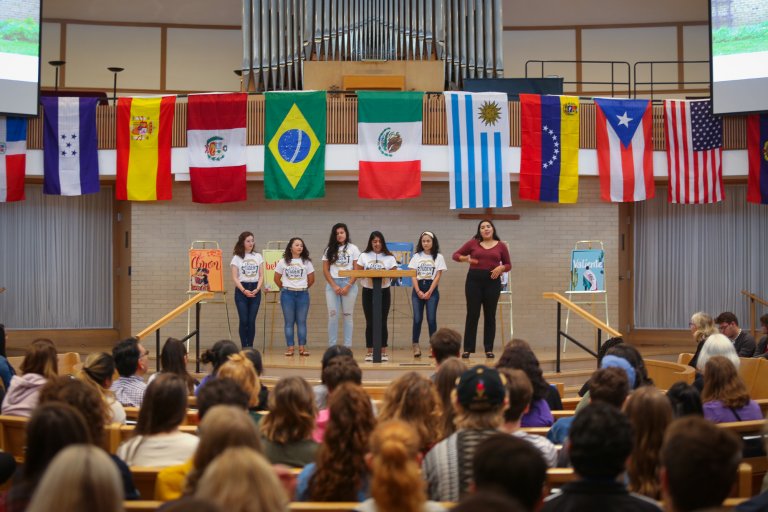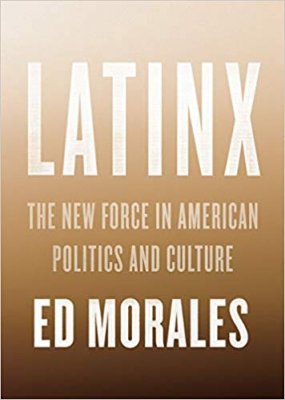Pondering Hispanic Heritage Month, Latinx and borders

Coming to Goshen College has helped me to realize how much I have to learn from the Latino community here.
Kevin and I moved here after living in Ithaca, New York, and prior to that, Baltimore Maryland, which have Latino populations of 7 percent and 4 percent, respectively. In contrast, 30 percent of our neighbors here in the City of Goshen are Latino. This year, Latinos make up nearly 54 percent of students in Goshen Community Schools, and 26 percent of students at Goshen College. Latinos are fundamental to the economic, social and cultural vibrancy of this college and region!
There are many things I enjoy about this, including the ways the local cuisine has been enhanced by our Latino neighbors. For example, last month, Hesston (Kan.) College President Joe Manickam, who is also a 1991 Goshen College graduate, and I caught up with each other over delicious tacos while sipping Mexican Cokes out of glass bottles at San Marcos on Main Street. (You can read about Goshen’s “mind-blowingly good” tacquerias here.)
At a deeper level, I am realizing how my (white) North American concepts of “race” are challenged by the diverse cultural reality I encounter here.

In this Hispanic Heritage Month, I am reading the book Latinx, by Ed Morales. (By the way, the term Latinx, pronounced “La-teen-ex,” is sometimes used at Goshen College and elsewhere because of its gender neutrality, but our Latino Student Union prefers to use the authentically Spanish-language words Latino or Latina.)
One of many important ideas from Morales’ book for me is “border thinking.” Although border is part of the term, Morales means to subvert the dominant binary thinking of borders. Borders remain real, but they are imagined within the community and can be made porous. Morales writes, “Engaging in border thinking allows one to give up the power of marginalizing an outsider point of view because nothing is outside and everything is inside.”
Border thinking was joyfully evident in the way our Latino Student Union led convocation this week in celebration of Hispanic Heritage Month (see the photo above). Latinos include a diverse spectrum of racial, ethnic, linguistic and national identities that nonetheless share a common Latin American identity. Our Latino students are therefore particularly experienced in moving deftly across many borders.
This prophetic wisdom of border thinking, Morales says, is exemplified in the following Mayan proverb, which was brought into the contemporary Chicano literature by Luiz Valdez:
Tú eres mi otro yo.
You are my other me.
Si te hago daño a ti,
If I harm you,
Me hago daño a mi mismo.
I harm myself.
Si te amo y respeto,
If I love and respect you,
Me amo y respeto yo.
I love and respect myself.
I am reminded of Jesus’ great commandment, to love your neighbor as yourself.
And I am grateful for the richness of Latino culture(s) within our community, and the learning that it offers me. What are you learning this Hispanic Heritage Month?
Rebecca Stoltzfus




